“And now, the end is here, and so I face the final curtain”… If Tom Cruise isn’t quite Sinatra performing “My Way,” then the long-anticipated, much-hyped apparent finale to the Mission: Impossible series has a similarly valedictory feel to it. Ever since a youthful Cruise first took to movie screens in 1996 in the first, Brian de Palma-directed film – which those with long memories might recall was unfairly criticized on release for being virtually incomprehensible – the movies have been a welcome part of the contemporary movie-going experience.
Unusually, since Cruise’s closest collaborator Christopher McQuarrie took over the series with the excellent Rogue Nation in 2015, the series has become considerably better, peaking with 2018’s peerlessly thrilling Fallout, which saw its redoubtable star and producer break his ankle while performing a stunt – a shot which remains in the finished film – and in the process setting the standards for real-life, old-school stunt work that remains a million miles away from the green-screen, overly processed offerings of Marvel and Netflix.
It is therefore a considerable disappointment to report that Mission Impossible: The Final Reckoning isn’t very good. Judged by conventional summer blockbuster standards, it’s entertaining enough, I suppose, being considerably more ambitious than the norm. It also boasts at least one hall-of-fame set-piece at its climax, when Cruise’s super-spy Ethan Hunt boards a biplane to do battle with his nemesis, Esai Morales’s suave but underwritten villain Gabriel. But this series has raised the bar so high for action filmmaking that The Final Reckoning’s faults seem all the more egregious because of the remarkable achievements of the previous outings.
The movie is hobbled by its status as a sequel to the previous film, Dead Reckoning, which underperformed at the box office, perhaps because of its timely but narratively unsatisfying decision to have the antagonist, “the Entity,” being an all-powerful AI program capable of setting nations against one another. It didn’t quite work in the previous film, either, but some of the set pieces – not least a protracted train set finale that began as Agatha Christie and ended as James Cameron – were remarkable, and there was an infectious sense of fun, best exemplified by Hayley Atwell’s jaunty pickpocket Grace. Atwell is back this time around, along with the usual faces of Simon Pegg, Ving Rhames et al, but there’s a strange dolefulness to her performance now, as if she and the rest of the cast have been told by Cruise and McQuarrie that they are making great art, rather than pulp fun.
There are many flaws with The Final Reckoning – its near-three-hour running time reeks of grandiosity, as do the sweeping allusions to Lawrence of Arabia, of all movies – but the main objection I had to it is that large swathes of it are dull. A lengthy mid-movie set piece involves Cruise infiltrating a nuclear submarine to retrieve a vital McGuffin of some kind, and rather than being intrigued or thrilled, I spent most of it wondering where to go for dinner after the film finished. And the picture requires PhD-level knowledge of the previous instalments in the series to get the most of it, too.
Remember the unfortunate fellow in the first film who accidentally allows Cruise to burgle the CIA vault by dint of having his coffee spiked with laxative? Well, he’s back, in what becomes a pivotal role, drawn out to extraordinary length. And there are many other such callbacks and retconning, including a bizarre development with the Shea Wigham character from the previous film, who is revealed to have a connection with a previous nemesis of Hunt’s. Suffice it to say that it might have paid off had it been introduced earlier, but as it stands, it feels crowbarred in and could easily have been cut.
I can’t think of many films I was looking forward to this year more than The Final Reckoning, which has gone through a protracted production process that’s lasted nearly half a decade, if you include the making of Dead Reckoning, too. It is also rumored to have cost $400 million, and to be honest, biplane mayhem aside, the money isn’t up there on the screen. The set pieces are relatively modest (no frantic Parisian or Roman car chases here), and there’s an awful lot of portentous talking. All of which, I fear, means that this is going to be a big letdown at the box office.
Cruise has been a tireless advocate not just for theater, but for movie promotion – it was almost a surprise not to see him at the IMAX press screening I attended – and the extraordinary, deserved financial success of 2022’s Top Gun: Maverick was seen by many as the salvation of the moviegoing experience post-Covid. But this disappointing and overblown wallow – which, incidentally, isn’t even particularly “final” – means that this lingering in the audience’s memories for more than five seconds will, alas, be the most impossible mission of them all.










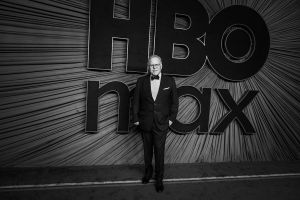
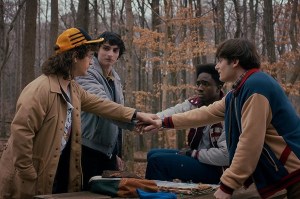

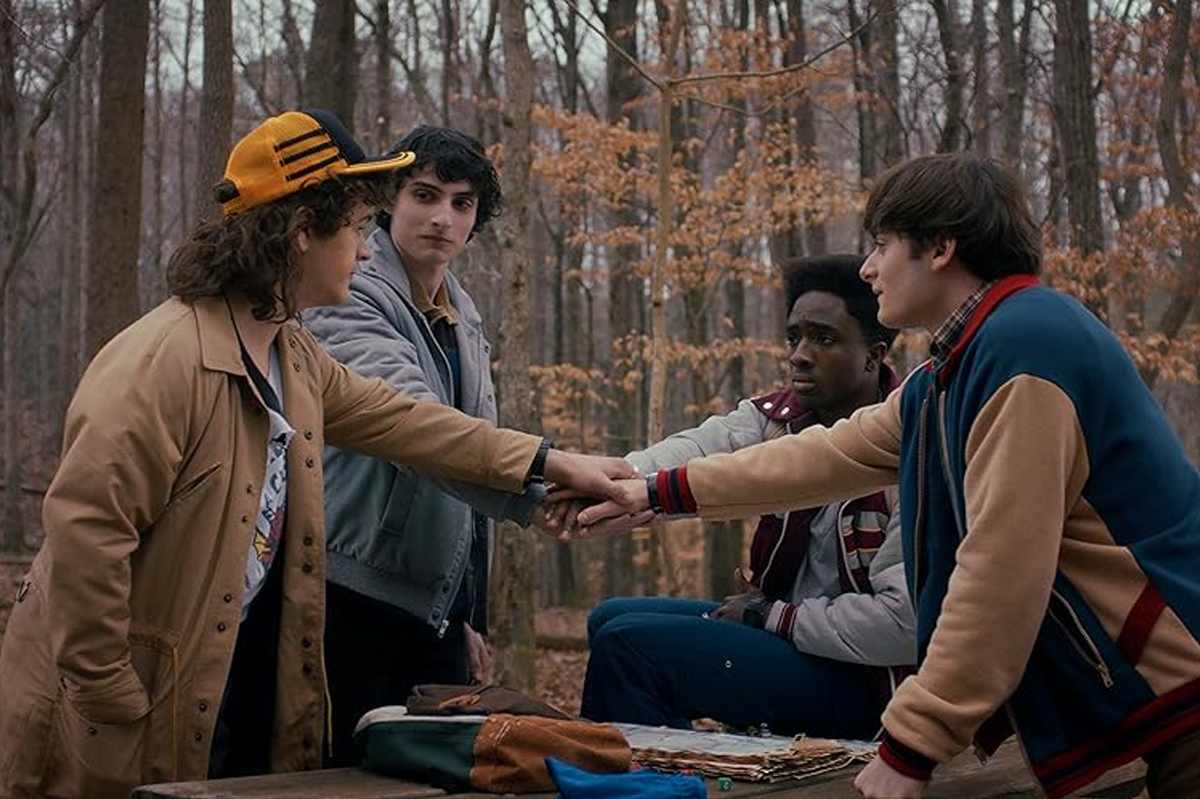
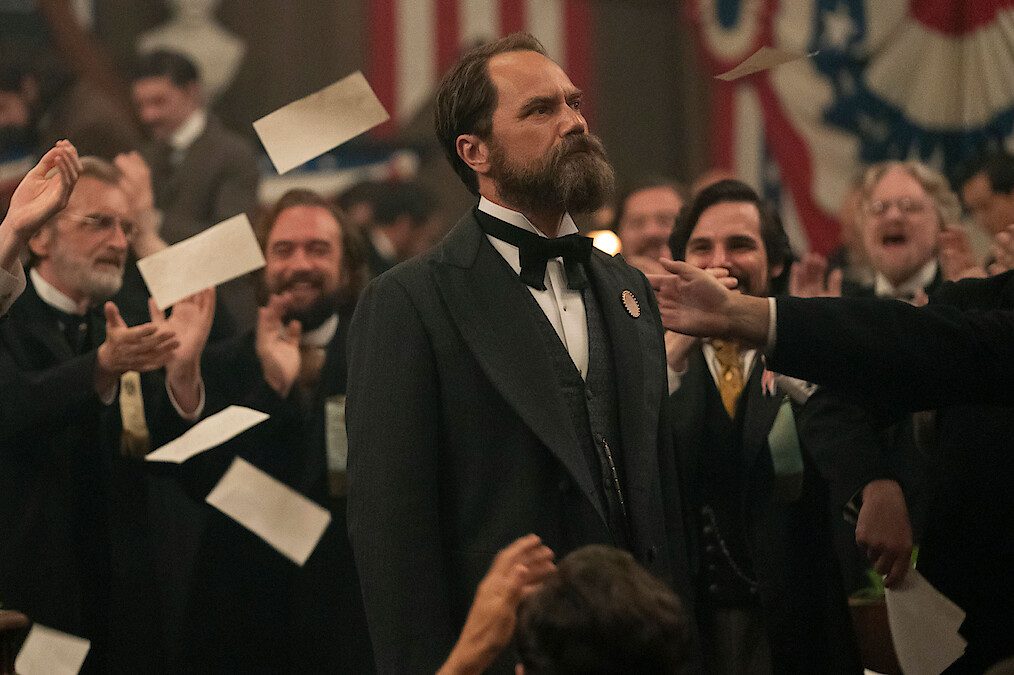
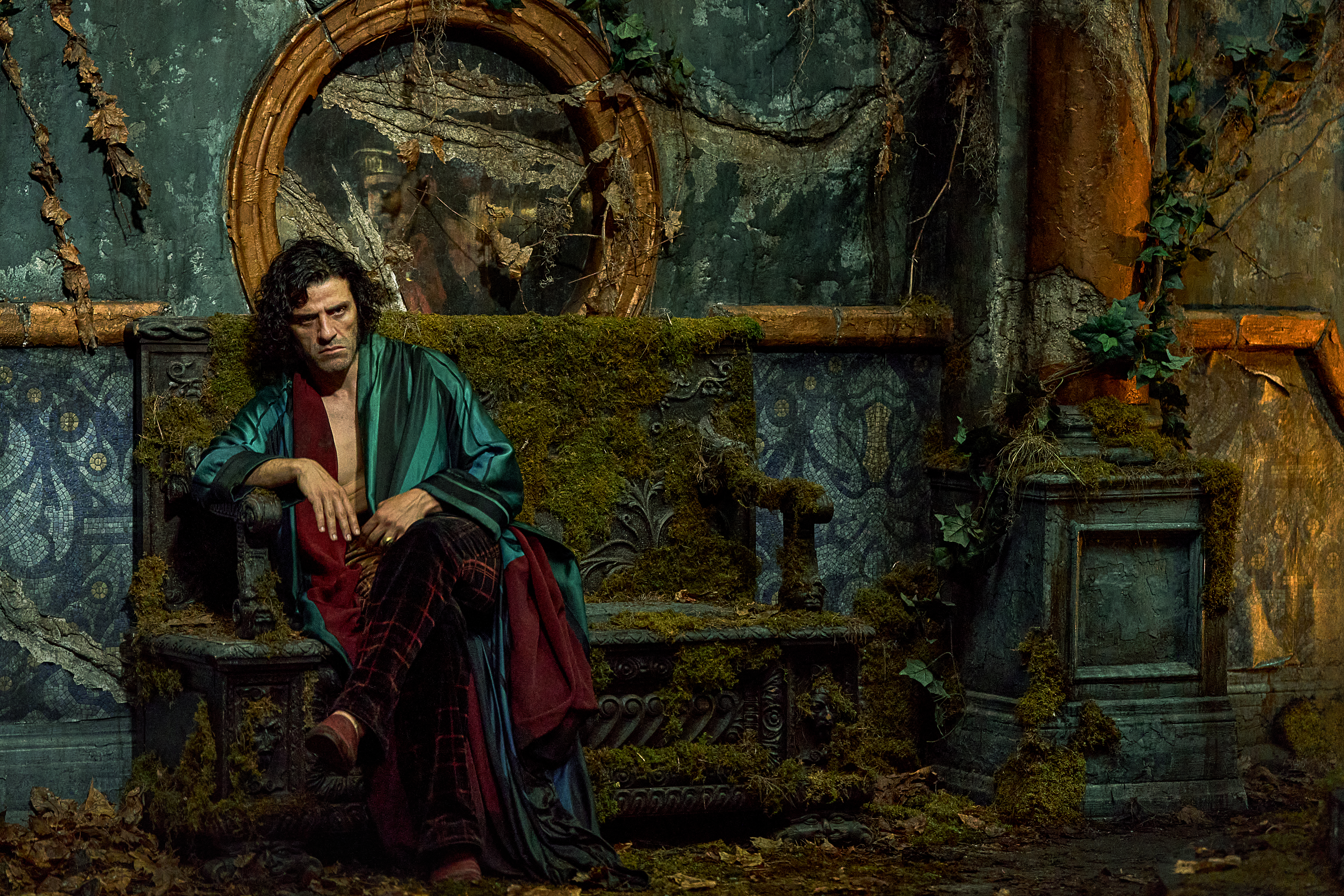
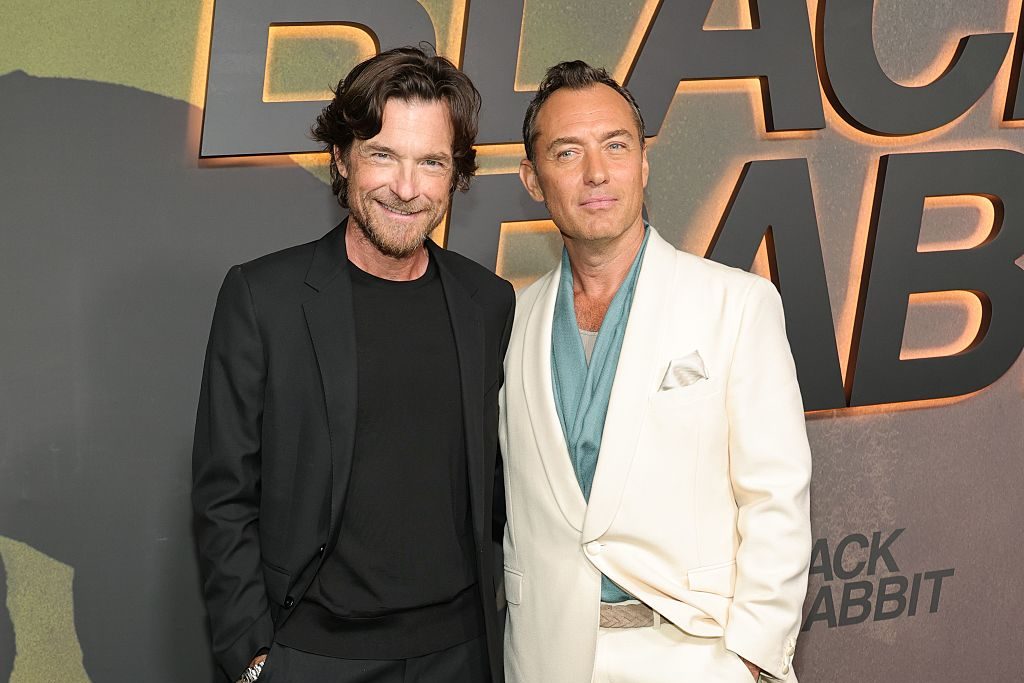
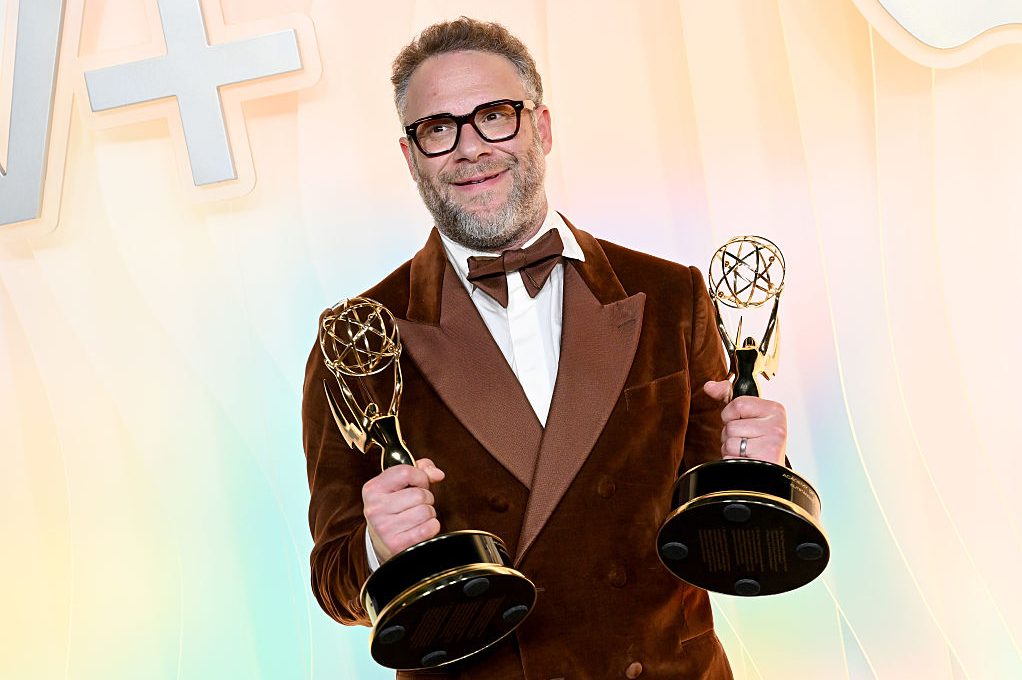








Leave a Reply